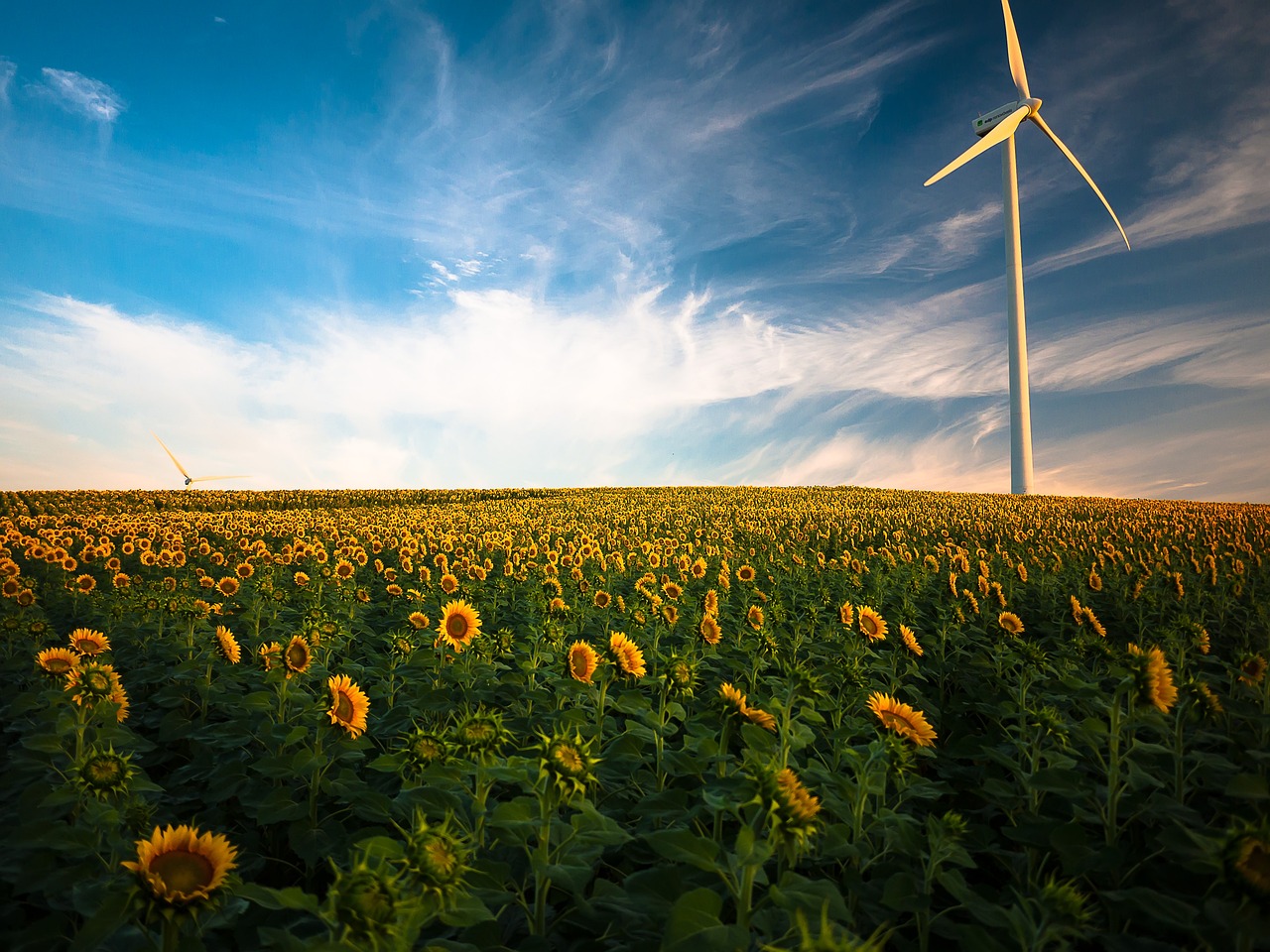
The Central Eastern Europe (CEE) region is experiencing a significant shift in its approach to energy consumption, with a growing emphasis on energy efficiency. This change is driven by the dual goals of reducing energy costs and minimising environmental impact. The widespread adoption of energy efficiency measures across industrial, commercial, and residential sectors is not only reshaping energy use patterns in the region but also aligning CEE with broader European and global sustainability goals.
In the industrial sector, which is a major energy consumer in the region, there is a concerted effort to adopt more energy-efficient technologies and practices. This includes the upgrading of industrial equipment to more energy-efficient models, optimization of manufacturing processes, and the implementation of energy management systems. For example, in Poland, a significant industrial hub in the region, factories are increasingly adopting cogeneration systems, also known as combined heat and power (CHP) systems, which provide both electricity and heating more efficiently than traditional methods.
The commercial sector in CEE, encompassing businesses and office buildings, is also seeing a shift towards energy efficiency. This is evident in the increasing use of energy-efficient lighting, heating, ventilation, and air conditioning (HVAC) systems, and the adoption of building automation systems that optimise energy use. In countries like Czechia and Hungary, there is a growing trend of retrofitting older buildings with insulation, modern windows, and energy-efficient heating systems to reduce energy consumption.
In the residential sector, the push for energy efficiency is manifesting in various ways. Homeowners across the region are being encouraged to adopt measures such as improved insulation, installation of energy-efficient appliances, and use of smart home technologies that allow for better control and reduction of energy consumption. Governments and local authorities in the region are supporting these initiatives through subsidies, incentives, and awareness campaigns. For instance, in Romania, there are government programs that offer financial assistance to homeowners for the installation of solar panels and thermal insulation.
Despite these advancements, the journey towards widespread energy efficiency in CEE faces several challenges. One of the primary hurdles is the financial cost associated with the transition to more energy-efficient systems. For many businesses and households, the initial investment can be a deterrent, despite the long-term savings. Additionally, there is a need for greater awareness and education on the benefits of energy efficiency and the range of available technologies and practices.
Another challenge is the existing infrastructure in many CEE countries, much of which is dated and less energy-efficient. Upgrading this infrastructure requires not only financial investment but also coordination among various stakeholders, including governments, private sector players, and international organisations.
The push towards energy efficiency in Central Eastern Europe is a key development in the region’s energy landscape. By adopting energy-saving measures across industrial, commercial, and residential sectors, CEE is not only reducing its energy consumption and environmental footprint but also enhancing its energy security and economic competitiveness. As the region continues to navigate its path towards greater energy efficiency, the ongoing development and implementation of supportive policies, technologies, and practices will be crucial in achieving these goals.






